|
|
|||
|
(Back to Preceding Week; on to Next Week) |
|
AH, METAMORPHOSIS!
One morning last fall we were sitting at our office desk and--as frequently happens--looking out the window at Hilton Pond. Staring at this tableau, with its backdrop of woods and a foreground of bird feeders, is hard to avoid and sometimes interferes with timely progress on our latest task at hand. On the plus side, the view often provides stimulus for our weekly photo essays, as when a Wood Duck hen pops out of a nest box on the pond margin or a White-tailed Deer brings her dappled newborn fawn across the yard. Ah, larvae! We recognized the "cats" as the immature stage of the appropriately named Pink-striped Oakworm Moth, Anisota virginiensis (right), a widely distributed connoisseur of foliage from various oak species at Hilton Pond Center and elsewhere in the U.S. east of the Great Plains. Intending to photograph it later in the day after finishing our computer work, we scooped up the larger of the three caterpillars and placed it in a glass jar with a few oak leaves and took it indoors. This strategy turned out to be a mistake.
All text & photos © Hilton Pond Center After supper we set up our camera with macro lens for some serious desktop photography and were surprised when we opened the lid on the caterpillar jar to find the larva was nowhere to be seen. It wasn't that the cat had pulled a disappearing act but that it had demonstrated one of the great wonderments of nature--the ability to change in just a few hours from a wriggly, brightly colored 1.5-inch caterpillar to an inanimate, dark brown one-inch pupa (above). Ah, pupation! We must confess we've made this same mistake a couple or three times--capturing a caterpillar and putting it aside temporarily before making photographs. It may be the sudden stress of incarceration stimulates caterpillars to form pupae, but in any case we must remember henceforth not to test such an hypothesis--lest we lose even more opportunities to make images of newly captured larvae. Despite not being able to photograph the oakworm we did document its pupal stage and, after taking those photos we put the pupa back into the jar. We then placed the container in a sheltered area on the deck where we could see it from the computer window. By now you may guessing what happened next and understand why we're bringing up in March the matter of a caterpillar collected six months ago in autumn. If not, let us explain. One day this week we were once again gazing out the office window and noticed something fluttering in the jar where last fall we had secured the oakworm. Yes, the inevitable had happened: That hard, brown, seemingly lifeless pupa had cracked open and liberated the living, breathing moth within. Ah, expupation!
All text & photos © Hilton Pond Center Learning from our past mistakes with caterpillars, we were not about to delay an opportunity to photograph this just-emerged adult stage of the Pink-striped Oakworm Moth. We quickly assembled our tabletop photographic gear--which includes a Kirk Low Pod, a Canon 20D camera body, and a 65mm 1x-5x macro zoom lens--and removed the moth from the jar for a portrait session. Despite bright desktop lights the moth was fully cooperative and posed motionless on a withered oak leaf that had graced its jar all winter. It was then we confirmed our two-inch-long Oakworm Moth was a female; somewhat smaller males have darker wings that are narrower and more angular. There are several North American species of Oakworm Moths (Anisota spp.), all of which--as their common names indicate--lay eggs on oaks. Their caterpillars, which sometimes forage in loose assemblages, are voracious eaters of oak leaves but almost never completely defoliate a mature host tree. The Pink-striped Oakworms we found on the deck at Hilton Pond prefer trees from the red oak group--including our huge backyard Southern Red Oak, Quercus falcata--from which they apparently dropped last fall. Pink-striped Oakworms (above right) may be either green or tan, but each is adorned with tiny white dots and its namesake stripes, bears numerous short spikes, and has a pair of black fleshy filaments--not antennae--sprouting from the second segment behind the head. The larvae hatch out quite small and must molt their "skins" several times before becoming mature enough to form pupae.
There are at least two flights of Pink-striped Oakworm Moths in the Carolinas--one in spring and one in fall--with offspring from the autumn group overwintering as pupae. Adult Oakworm Moths do not eat but expend their limited stored energy trying to find a mate, after which successful females deposit clusters of three dozen or so globular yellow eggs (above). Ah, egg-laying!
One reason we enjoy macrophotography of moths and other creatures is because it gives us such an intimate view of our subjects. Often this magnified perspective shows us something new of interest, and sometimes it yields an image bordering on the abstract--as illustrated by the last two photos on this page. Just above, for example, is a view of the white spot on the Oakworm Moth's left forewing. From a distance it seems merely a droplet of light pigment, but up close we can see the entire wing is covered with thousands of short, hairlike scales--including those making up the white spot. To us, these white scales look more like miniature stalactites or ice crystals.
A macroscopic examination of the Oakworm Moth's head, thorax, and abdomen reveals they, too, are covered, but with a multitude of bright orange hairlike structures (above)--all finer and much longer than the scales on the wings. Even without magnification, these hairs make the moth's body look very soft and fuzzy. These fuzzy threads aren't really hair, of course, but are extensions of the moth's exoskeleton. Upon taking our final photos of the female Pink-striped Oakworm Moth, we took her out and placed her on the trunk of a small tree just outside our office window. She stayed all night; interestingly, in this species males and virgin females are day-flyers while gravid females may also fly at night and show up at light traps. Our female--necessarily a newly expupated virgin--departed sometime the next morning, undoubtedly fluttering off to broadcast pheromones that could end up attracting a male. Our only concern was whether warm temperatures inside the jar on the deck might have caused her to expupate ahead of the species' usual May or June emergence--and perhaps too early in the season for her to find a male before cold nights cut short her life. Normally the cocoon-less pupa of an oakworm overwinters in the ground.
All text & photos © Hilton Pond Center Egg to larva, larva to pupa, pupa to moth. Four stages and three major changes in organismal form comprise the complete life cycle for a moth or a butterfly--and beetles, too. It's no wonder the ancient Egyptians and other early cultures were so mystified by such natural processes, and why even today we are enchanted when a caterpillar in a jar turns into a free-flying moth. Ah, metamorphosis!
All text & photos © Hilton Pond Center
Comments or questions about this week's installment?
Thanks to the following fine folks for recent gifts in support of Hilton Pond Center for Piedmont Natural History and/or Operation RubyThroat: The Hummingbird Project. Your tax-deductible contributions allow us to continue writing, photographing, and sharing "This Week at Hilton Pond." (Please see Support if you'd like to make a gift of your own.)
"This Week at Hilton Pond" is written & photographed You may wish to consult our Index of all nature topics covered since February 2000. You can also use our on-line Hilton Pond Search Engine at the bottom of this page. For a free, non-fattening, on-line subscription to |
|
Make direct donations on-line via
Network for Good: |
|
|
Use your PayPal account
to make direct donations: |
|
|
If you like to shop on-line, you please become a member of iGive, through which more than 700 on-line stores from Barnes & Noble to Lands' End will donate a percentage of your purchase price in support of Hilton Pond Center and Operation RubyThroat. For every new member who signs up and makes an on-line purchase iGive will donate an ADDITIONAL $5 to the Center. Please sign up by going to the iGive Web site; more than 150 members have signed up to help. It's a painless, important way for YOU to support our work in conservation, education, and research. |
|
| The highly coveted Operation RubyThroat T-shirt --four-color silk-screened--is made of top-quality 100% white cotton--highlights the Operation RubyThroat logo on the front and the project's Web address (www.rubythroat.org) across the back.
Now you can wear this unique shirt AND help support Operation RubyThroat: The Hummingbird Project and Hilton Pond Center. Be sure to let us know your mailing address and adult shirt size: Small (suitable for children), Medium, Large, X-Large, or XX-Large. These quality shirts don't shrink! Price ($21.50) includes U.S. shipping. A major gift of $1,000 gets you two Special Edition T-shirts with "Major Donor" on the sleeve. |
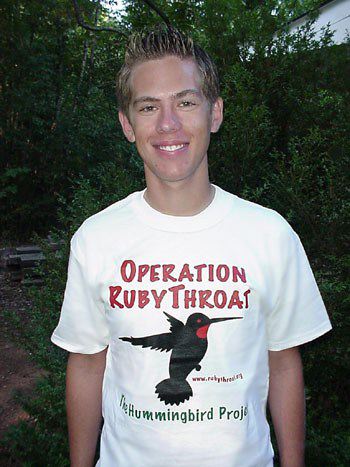 Need a Special Gift for a friend or family member? Want to make a If so, why not use our new handy-dandy on-line Google Checkout below to place your secure credit card order or become a Major Donor today? |
|
|
|
|
SPECIES BANDED THIS WEEK: * = New species for 2008 WEEKLY BANDING TOTAL 11 species 141 individuals YEARLY BANDING TOTAL (2008) 14 species 426 individuals 27-YEAR BANDING GRAND TOTAL (since 28 June 1982) 124 species 50,593 individuals NOTABLE RECAPTURES THIS WEEK (with original banding date, sex, and current age) Chipping Sparrow (3) 04/06/07--after 2nd year unknown 04/10/907--after 2nd year male 04/18/07--after 2nd year male Carolina Chickadee (1) American Goldfinch (1) Northern Cardinal (1) Purple Finch (4) Hermit Thrush (1)
|
OTHER NATURE NOTES OF INTEREST --Two Carolina Wrens were hard at work on 18 Mar, stuffing a bluebird box at the Center with sticks and leaves. We'll have to wait a few days to see whether it's a dummy nest or if the female actually lays eggs therein. --An early Great Purple Hairstreak butterfly lighted on the siding of the old farmhouse at the Center on 19 Mar. Although we've seen the species' caterpillar in previous years, this was our first sighting of an adult male. --Also on 19 Mar a male American Goldfinch in full breeding finery showed up at a Center feeder. Normally at this time of year AMGO males are still "calico" in appearance, with a mix of winter and breeding plumage. --A Pine Warbler masquerading as a winter-plumaged American Goldfinch was caught in a trap baited with sunflower seed on 19 March. From a distance the color similarity between the two unrelated species was striking.
|
|
|
|
(Back to Preceding Week; on to Next Week) Up to Top of Page Back to This Week at Hilton Pond Center Current Weather Conditions at Hilton Pond Center |
 You can also post questions for The Piedmont Naturalist |
Join the |
Search Engine for |
|
|
Brother Inkjet Printer


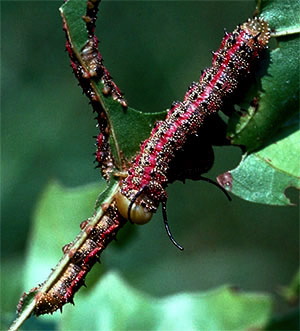 Anyway, last fall we were hard at work on the computer as a trio of small, dark objects plopped onto the deck railing two feet from where we sat. When the objects started to move we realized they were living caterpillars, so we stepped outside to get a closer view.
Anyway, last fall we were hard at work on the computer as a trio of small, dark objects plopped onto the deck railing two feet from where we sat. When the objects started to move we realized they were living caterpillars, so we stepped outside to get a closer view.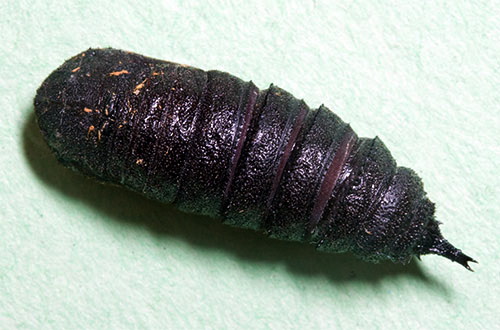

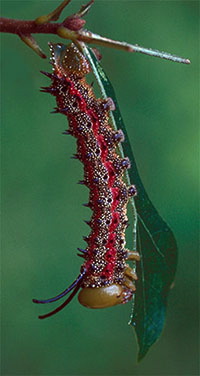 Incidentally, Oakworm Moths are classified as Wild Silkworm Moths--the same family (Saturniidae) that includes Cecropia, Luna, and Io Moths--even though they don't spin a silken cocoon.
Incidentally, Oakworm Moths are classified as Wild Silkworm Moths--the same family (Saturniidae) that includes Cecropia, Luna, and Io Moths--even though they don't spin a silken cocoon.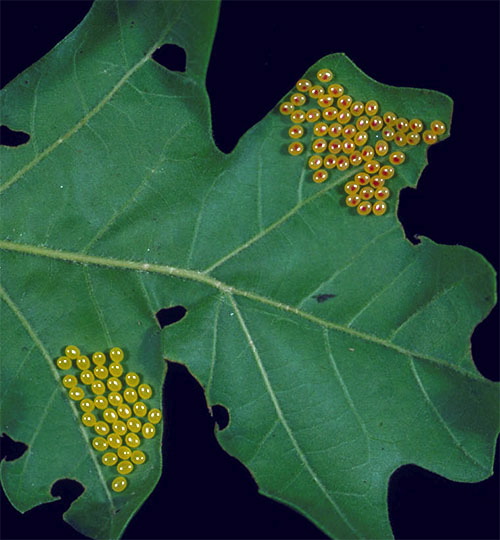
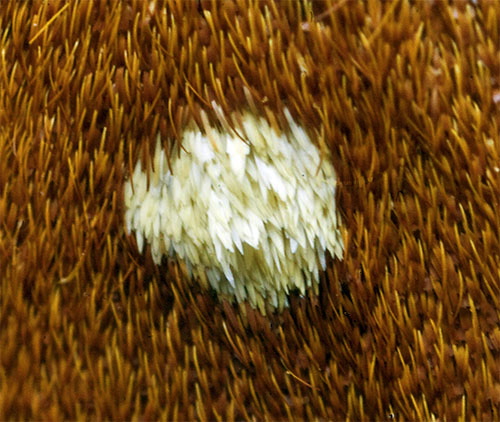
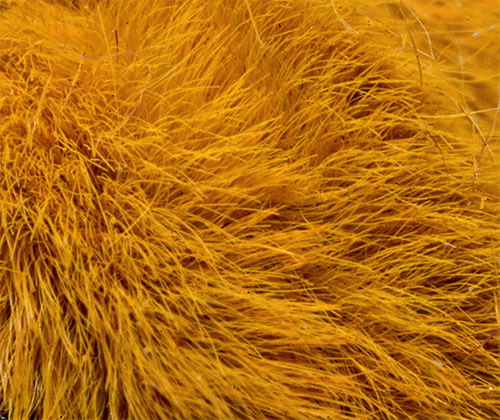
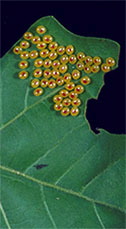
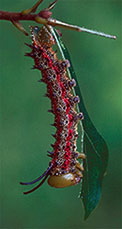
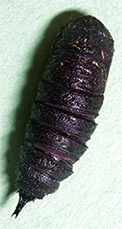
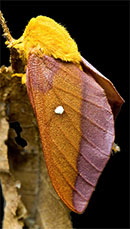


 Oct 15 to Mar 15:
Oct 15 to Mar 15: